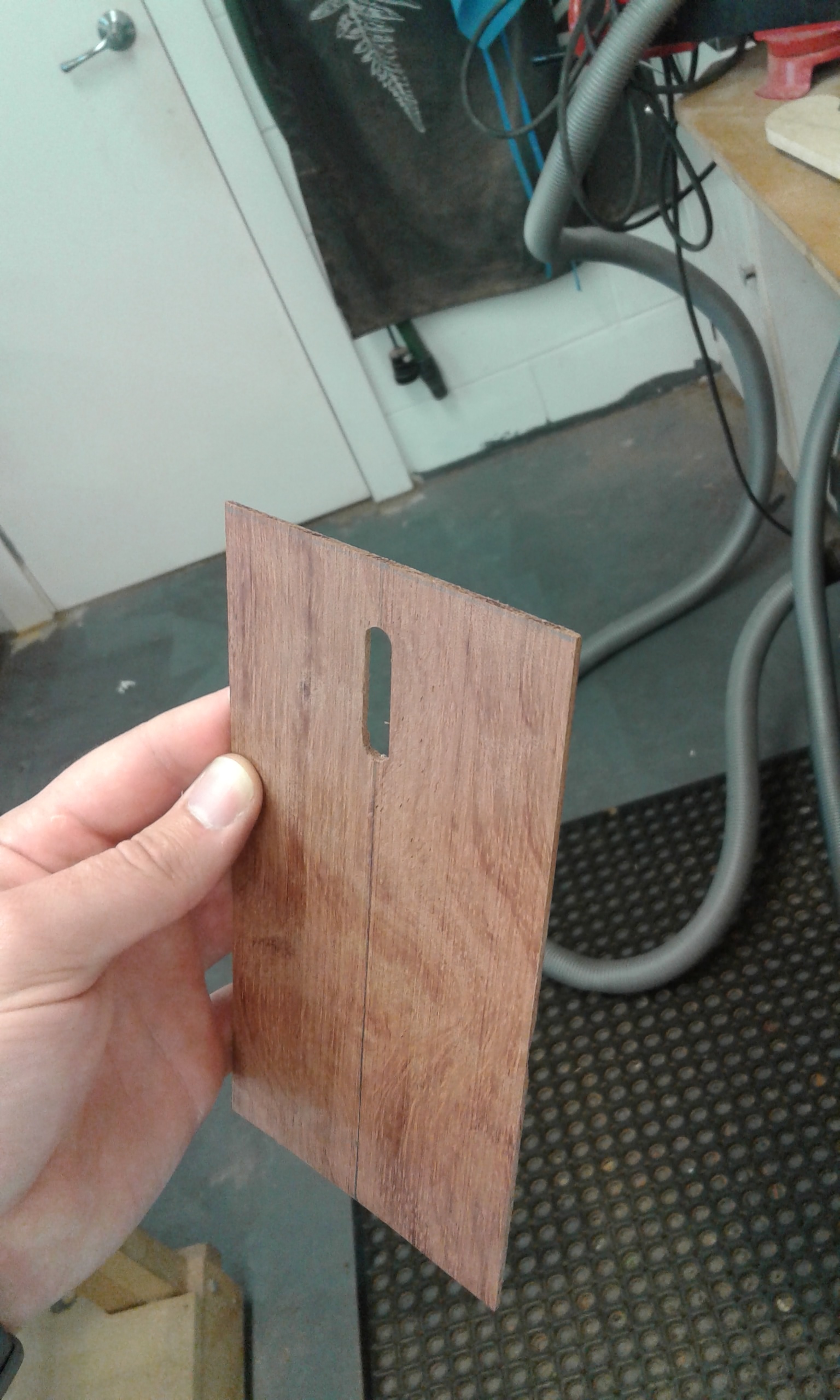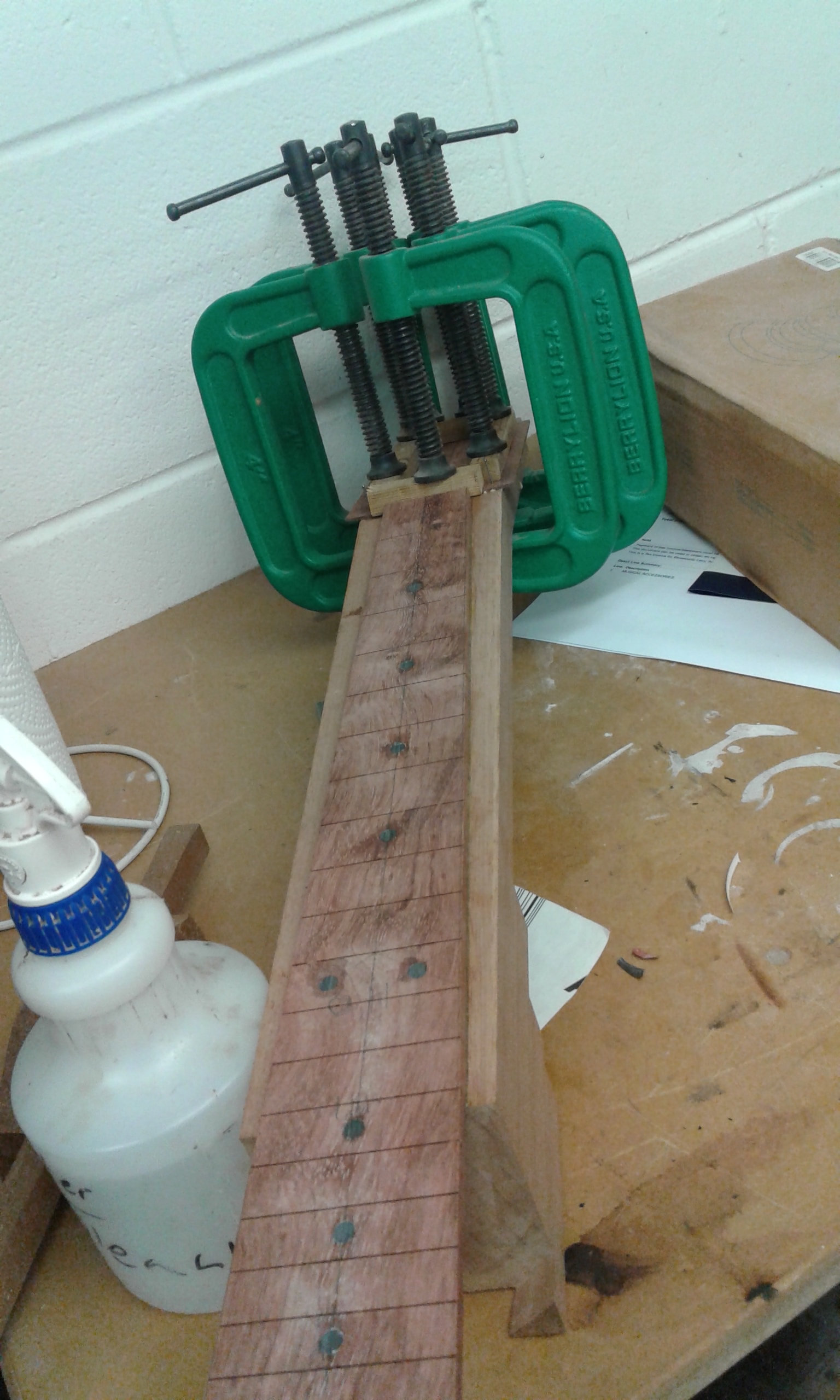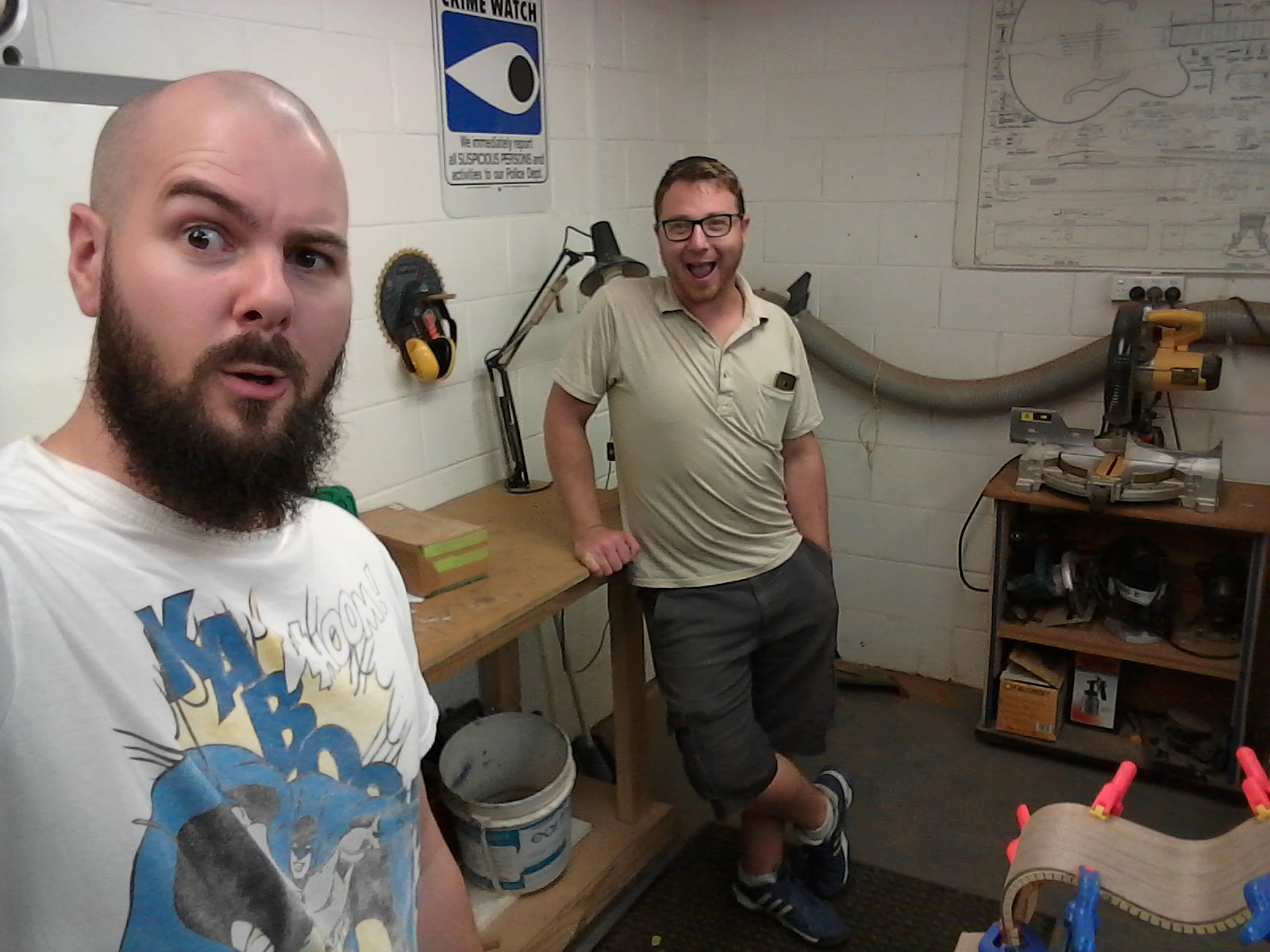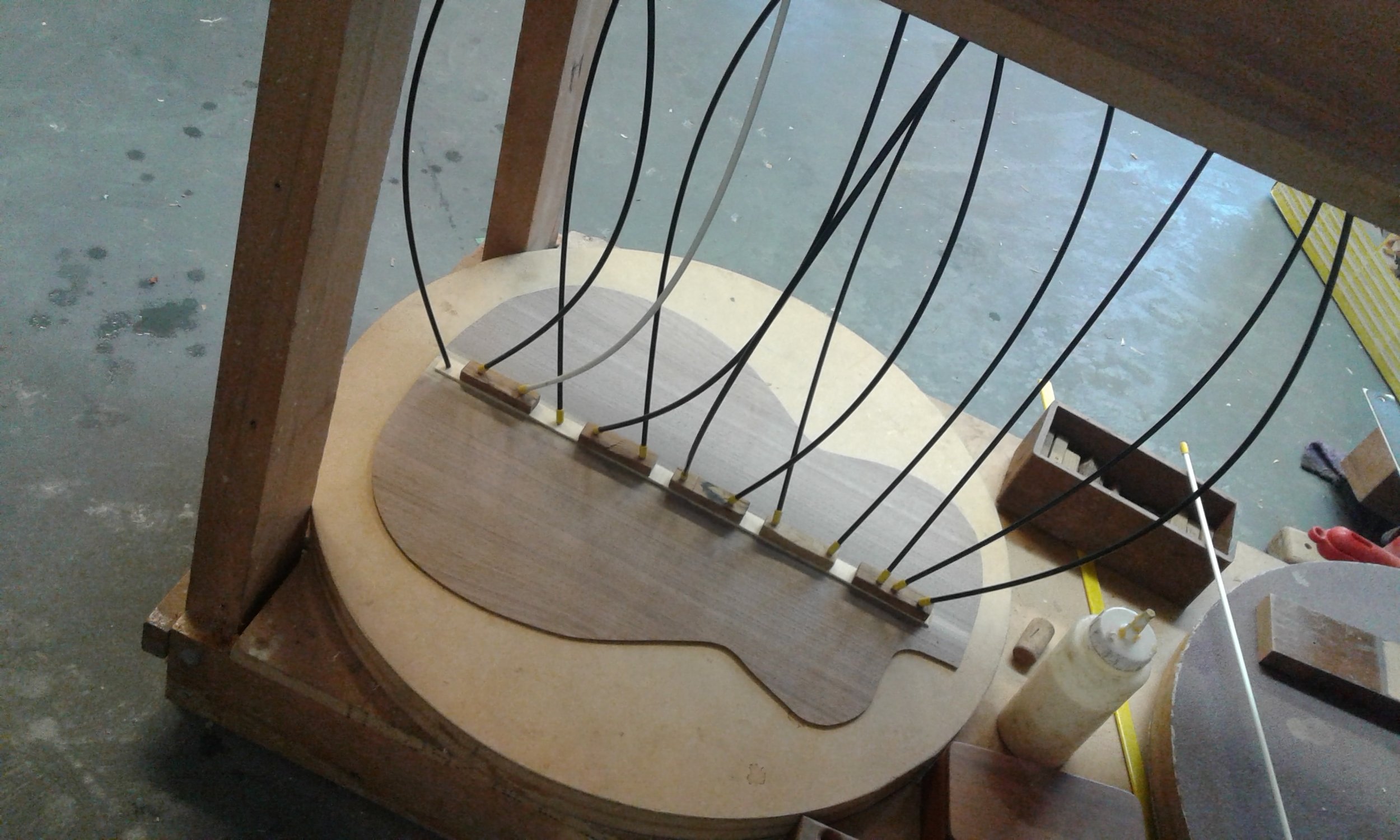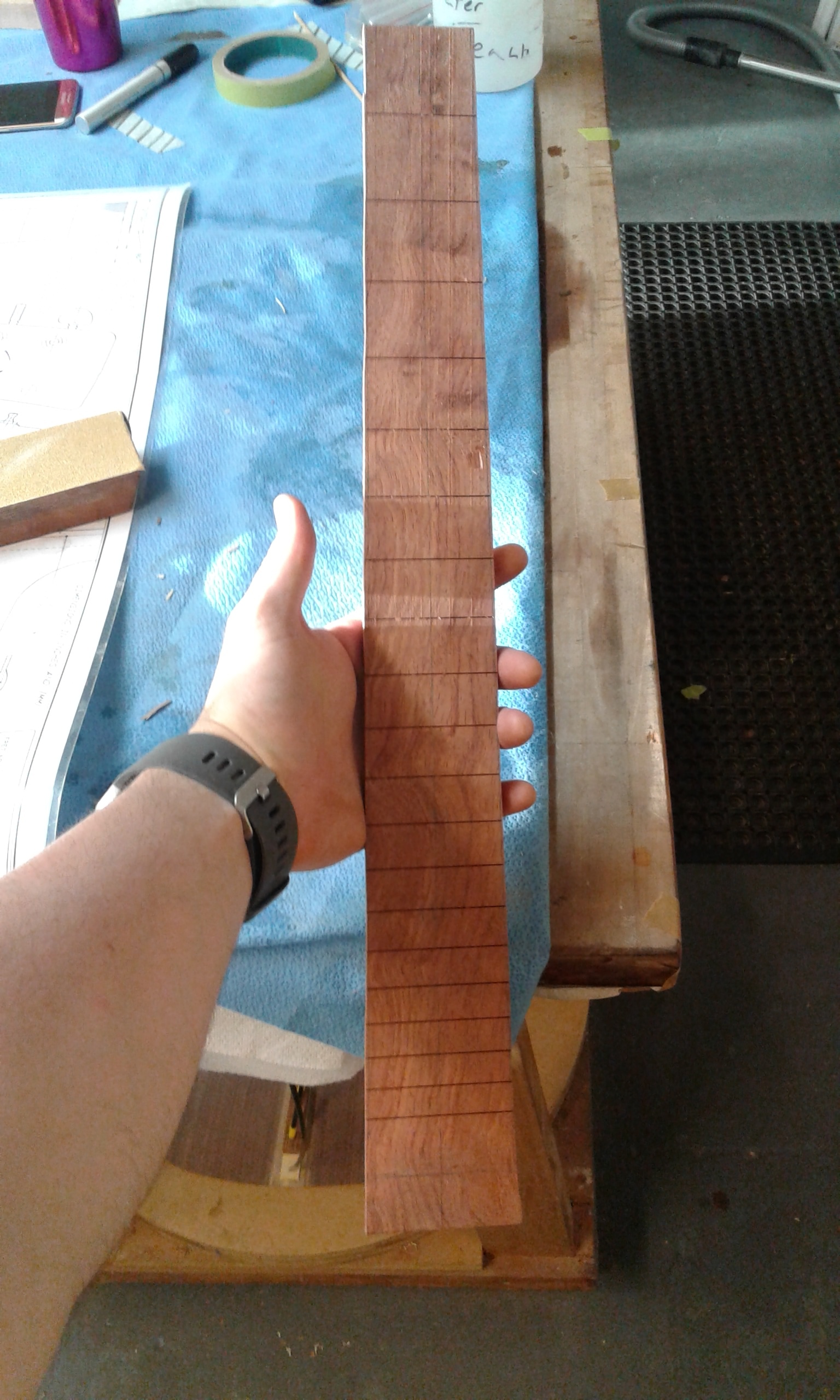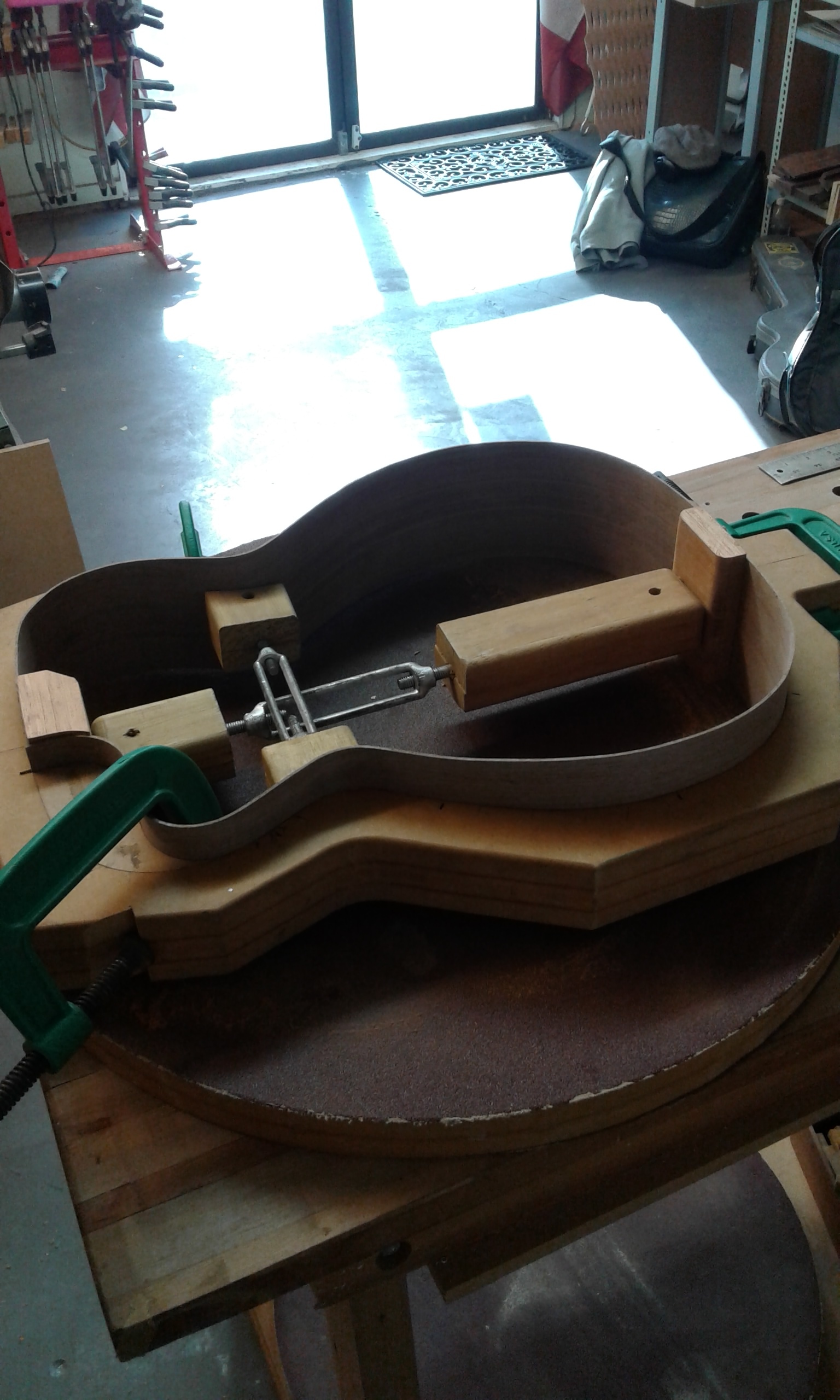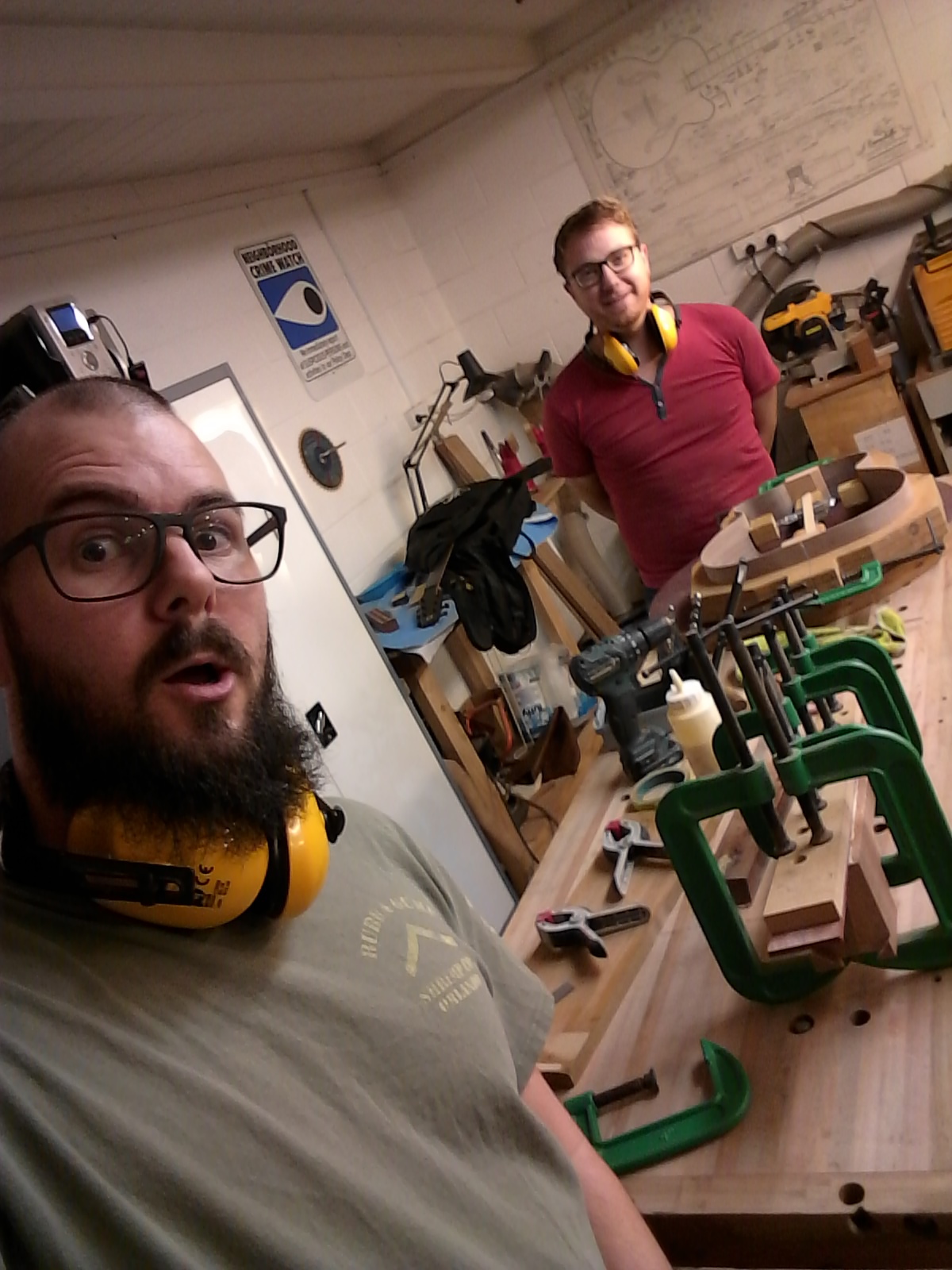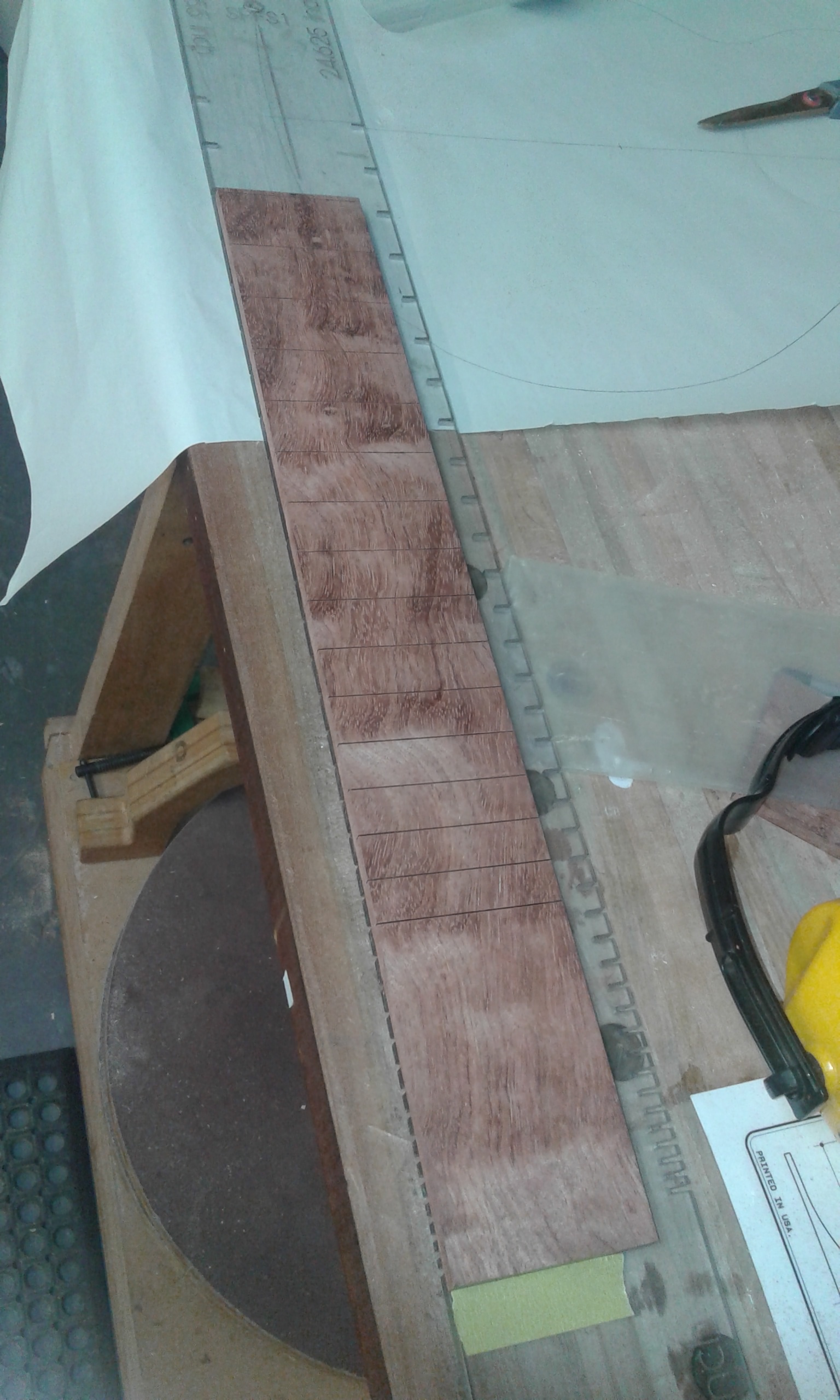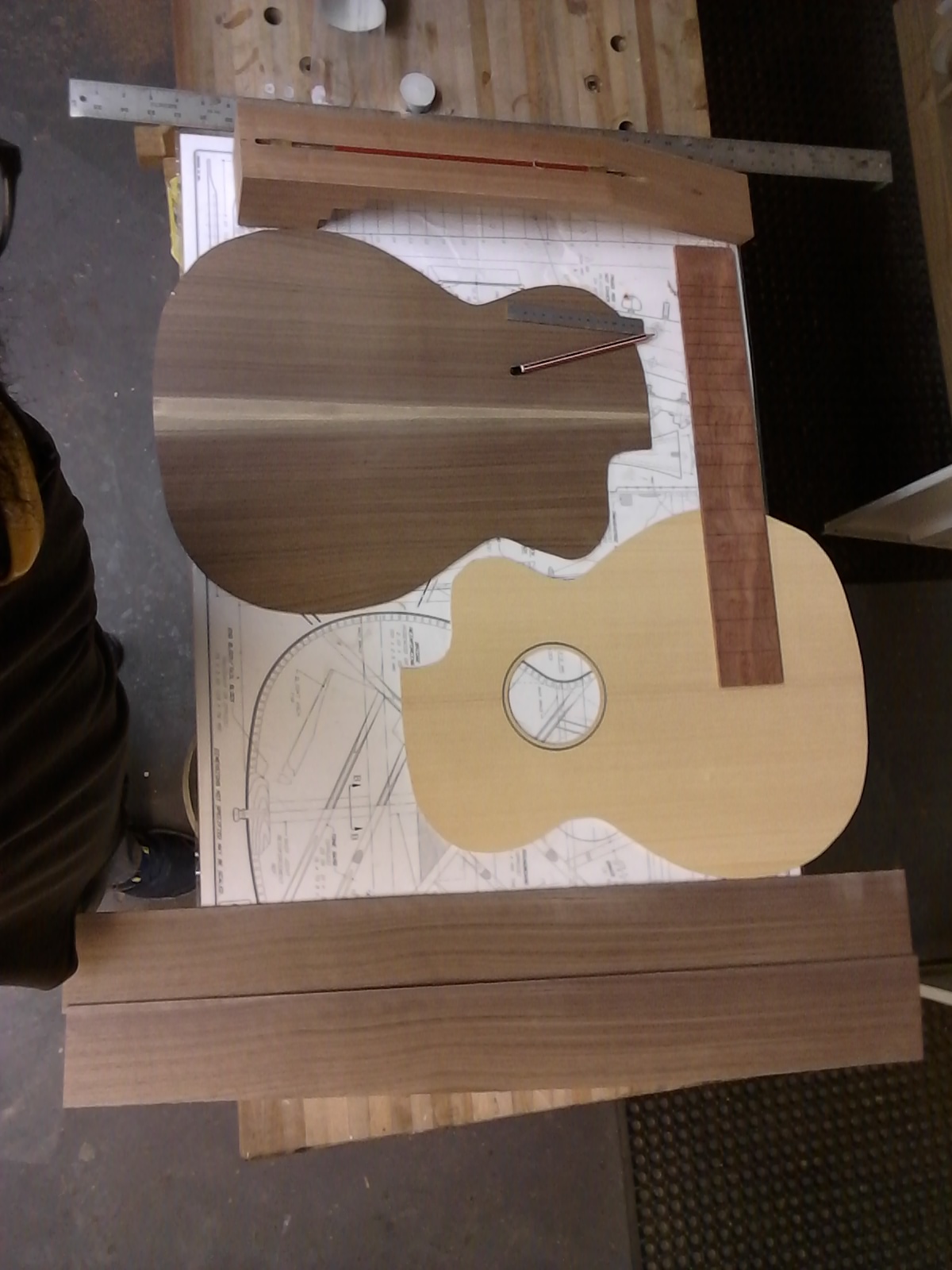The brain is the most important organ … according to the brain. The power of the brain is not fully understood, widely mis-represented, and yet alluring. So many movies state that we ‘only use ten percent of our brain’ - False. Cypress Hill were Insane in the Membrane - True. But then there is the power of thought. Now, as a giant nerd (or geek, I don’t mind) I’m of course attracted to the fantasy and/or comic book powers of telepathy and telekinesis (even though teleportation is the best power). But there are those that think, with their brains, that thinking positively about something long enough and with the right passion can will the thought into being. Kind of like how negative thinking can become a self fulfilling prophecy, but in reverse. This ‘Law of Attraction’ (often called ‘The Secret’) has been dubbed pseudoscience. I like the idea that positivity breeds positivity, but too often people think that’s all you have to do. I’d like to see someone avoid getting run over by thinking at the truck really hard, instead of getting off the gosh darn road. Anyway, today’s song is about a different type of attraction …
The Song(s)
Song: Magnetic
Artist: Annabel Jones
Album: Libelle - 2016 - Crooked Paintings/Atlantic
Method of discovery: Spotify Discover
Theory: Magnetic has a VI-I-V-iv progression throughout, sometimes hanging on the V, which is typical of the pop influence. The synth backing to Jones’ ethereal vocals is metronomic (provided we ignore the wind up music box bit at the beginning). But the Vocals are reinforcing the beat, and it’s a game of stress. Count to four - 1,2,3,4. Each bar has four beats, but certain beats are stronger to lay a lyric over: 1 is the strongest, followed by 3, then 2 and finally 4. The same works for sets of four bars, e.g. the first beat of the second bar is weaker than the first beat of the first or third bar, but stronger than the first beat of the fourth bar. What does this mean? If you click along to the song, you’ll find that the Lyrics always start on the strongest beat of the bar (except when it’s the continuation from a previous bar). This is particularly noticeable when (and I may be wrong here) ‘Darker days will clear the sky’ overlaps ‘Shed your way…’ in the second verse. This rhythmic aspect to the lyric is so important that Annabel had to preserve it when the lyrics got too close. Without a drum, and with the Synth doing the heavy Harmonic lifting, Jones chooses to strengthen the beat by singing directly on top of it. The Libelle version, to my ear, also has a bit more processing put over the vocal, supressing it slightly.
Research: Annabel Jones is the daughter of Davy Jones of The Monkees. After the members of her previous band suffered some personal bereavements, she went through a period of introspection. She made contact with someone her mum had met at a wedding, and then things strated to align. She ended up recording Magnetic and releasing it originally in 2014, and then again as part of Libelle two years later. Libelle itself was naemd as a reference to Marie Antoinette, and the slanderous pamphlets that were handed out as propaganda against her and her French husband, Louis.
Disclaimer: The above is mostly paraphrasing an interview I found from google, link below.
Personal thoughts: Magnetic certainly is. When I listened to this song the first time, I was attracted to it. The strong vocals that end up gliding at the end of a line like the end of a heavy curtain caught in a strong wind. Putting drums on this would be gilding the lily at best. It’s frenetic and sparse all at the same time. But beyond the music, the lyrics really spoke to me. That lyrical pounding, always hitting on the downbeat. It’s something I can’t quite put into words. It’s like everytime I try to get a sense of why I’m drawn into this song, I get distracted by the song itself. There has to be something more to it … like magnetism.
Give it a go: If you’ve never confessed ‘Forgive me father, for I have Synth’d’
Give it a miss: If, besides voice, you need at least one real instrument in a song.
[links]
Spotify: Magnetic, Annabel Jones, Tuesday Tunes
Social: Facebook, Instagram, Magnetic on YouTube
Other: Interview, Feature














